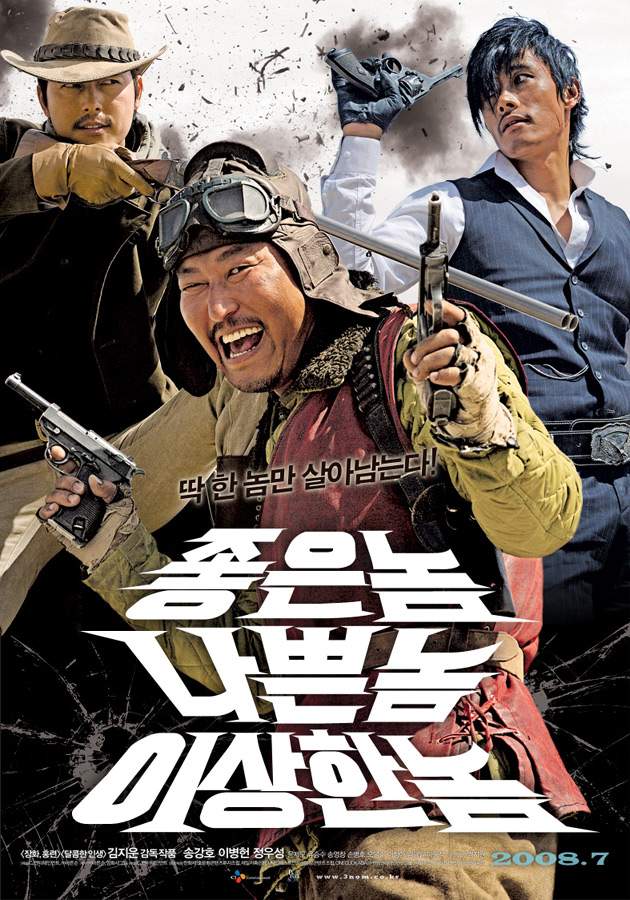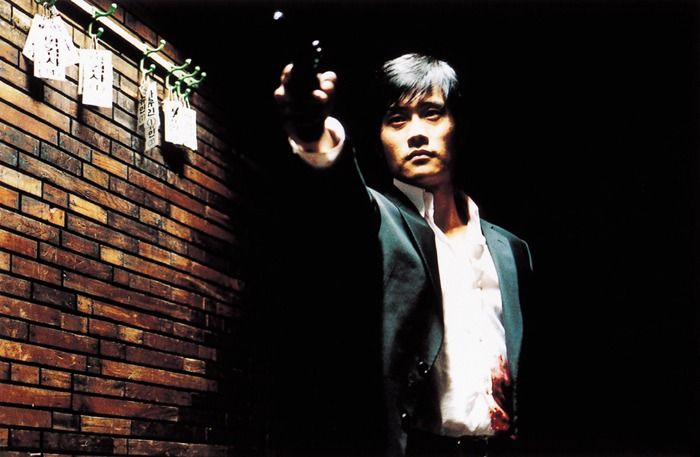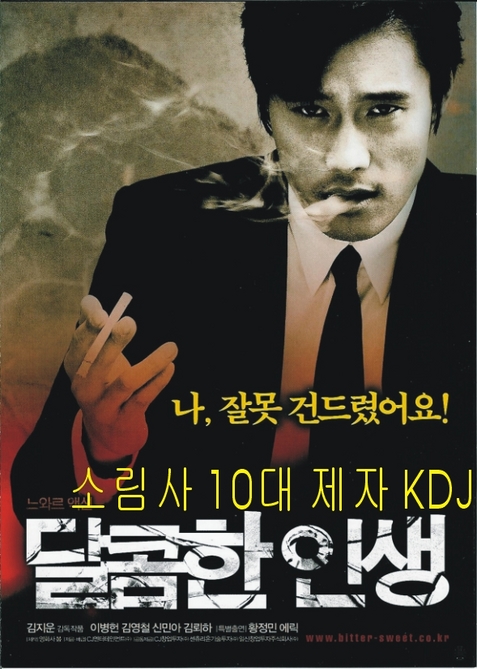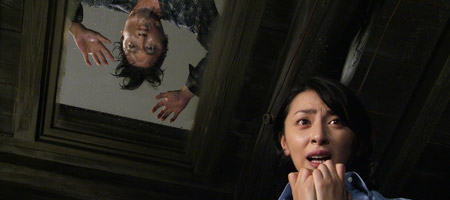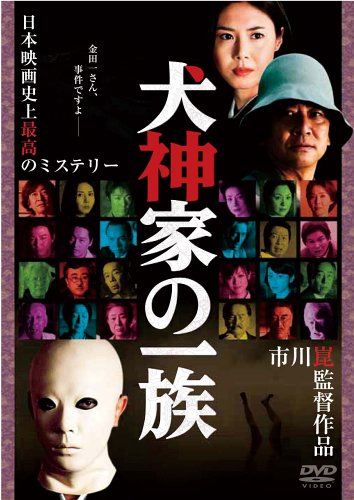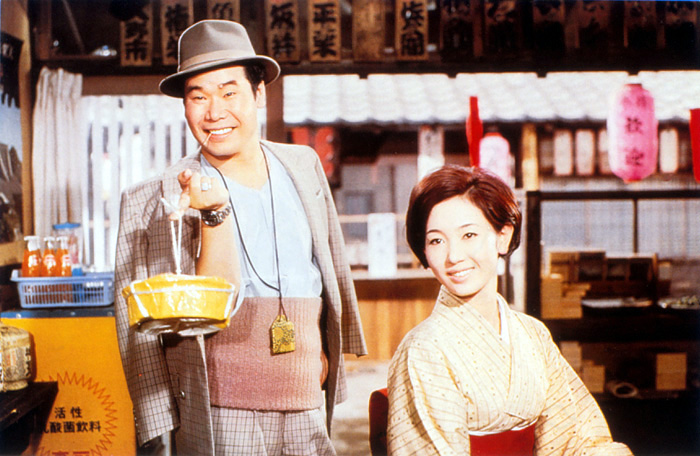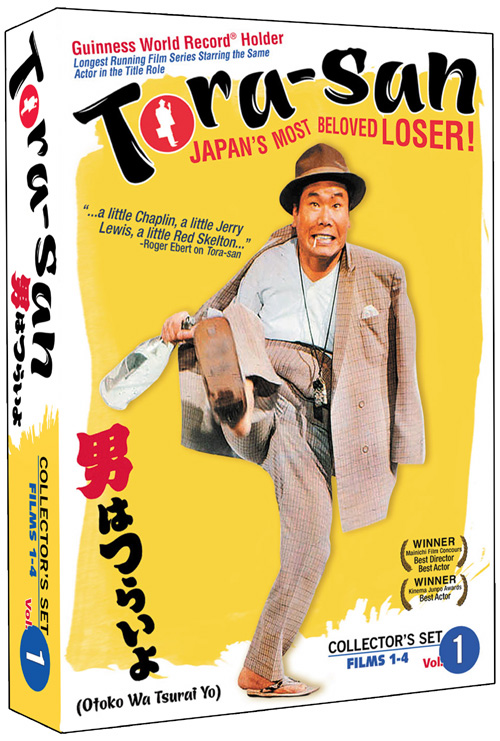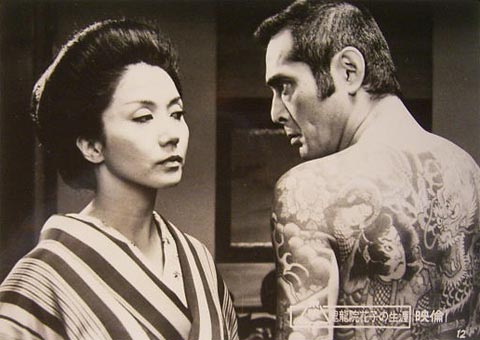 Who says vampires can't get it on? Not me, and certainly not Park Chan-wook, Korean auteur extraordinaire (The Revenge Trilogy, JSA, Three ... Extremes). He's also jettisoned the whole fang thing, but otherwise the standard lore is in place (the blood is the life, no sunshine, superhuman strength, etc.). And yet this one element, sex, opens things up considerably, plot-wise, making for a more intimate, complex and unpredictable story of a man, a woman, and their sexual/vampiric relationship.
Who says vampires can't get it on? Not me, and certainly not Park Chan-wook, Korean auteur extraordinaire (The Revenge Trilogy, JSA, Three ... Extremes). He's also jettisoned the whole fang thing, but otherwise the standard lore is in place (the blood is the life, no sunshine, superhuman strength, etc.). And yet this one element, sex, opens things up considerably, plot-wise, making for a more intimate, complex and unpredictable story of a man, a woman, and their sexual/vampiric relationship.The man in question, a Catholic priest named Sang-hyun (Korean superstar Song Kang-ho), volunteers to become infected with an ebola-like virus as part of a drug trial in Africa. Sang-hyun (get it? Sang is French for blood) is inadvertently transfused with some vampire blood that keeps the virus at bay, but, of course, makes him a vampire in the process. In keeping with convention, Sang-hyun's genesis involves a heightening of the senses, but this time out, that extends into his pants. Yes, in addition to a newfound thirst for blood, he discovers he's also got a hankerin' for some good old fashioned poontang. This leads him to pretty yet troubled Tae-ju (Kim Ok-bin) who becomes his first girlfriend (although she's married to someone else ... ). However, Sang-hyun never fully abandons his moral nature, and his inner conflict, reminiscent of Louis from Interview with the Vampire, makes his character that much more compelling.
What I found most striking about Thirst was the way the film defied my expectations. I've seen a lot of vampire films, but this one kept me off balance throughout. Park Chan-wook takes the "rules" of vampirism (clearly borrowing from Anne Rice) and turns them sideways, defying audience expectations while working within the parameters of the genre. As I say, he brings human sexuality into the mix (thus eliminating the need for the penetrating fang), and we all know how complicated things can get when that happens. The line between human and vampire is blurred to the point where genre predictability is all but obliterated.
Thirst won the jury prize at the 62nd Cannes Film Festival last Spring, the second Cannes award for Park Chan-wook (he got one for Oldboy in 2004).


